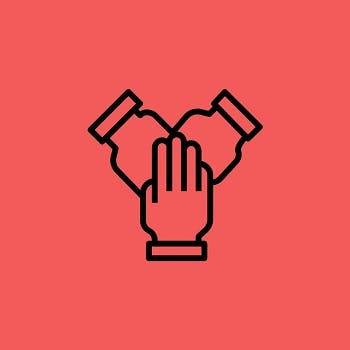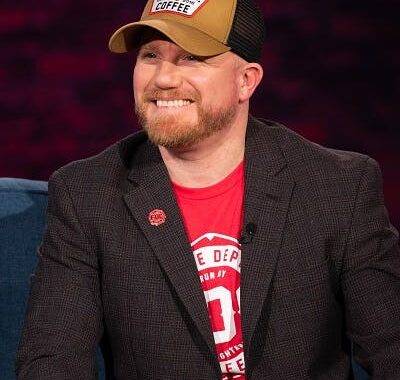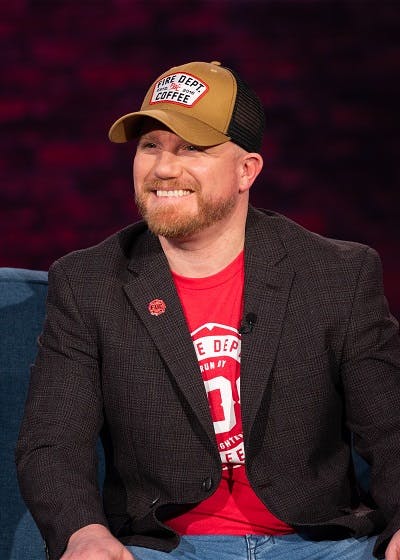RangeMe Review: How Due Diligence & Custom Offerings Land 2×4 Nutrition On Retail Shelves
Nothing irks a buyer more than a brand that goes into a meeting unprepared. In fact, the most common advice I hear from buyers with regards to supplier meeting prep is, “Do your homework.” You should have an idea about the buyer’s organization, the markets it serves, and – whenever possible – actual boots-on-the-ground experience at its locations. Then, present accordingly.
Some brands take it a step further. They do all of those items recommended above, and then tailor both their pitch and their offerings to that particular buyer. When that happens, it’s gold.
2×4 Nutrition is a great example of this, and has reaped the benefits with broad placement of its products at national retail chains. In this post, we’re going to show you how they did it for a recent Walmart Open Call.
About 2×4 Nutrition
 Michael Lebhar
Michael Lebhar
2×4 was founded on the idea of making nutrition accessible to everyone, everywhere. It offers a line of supplements based on liposomal technology that provides fast absorption into the body. The brand started with the basics such as Vitamin C, Vitamin D, zinc and magnesium, then added multivitamins and now offer supplements that address specific need states.
Having already seen …



 FDC’s Schneider
FDC’s Schneider